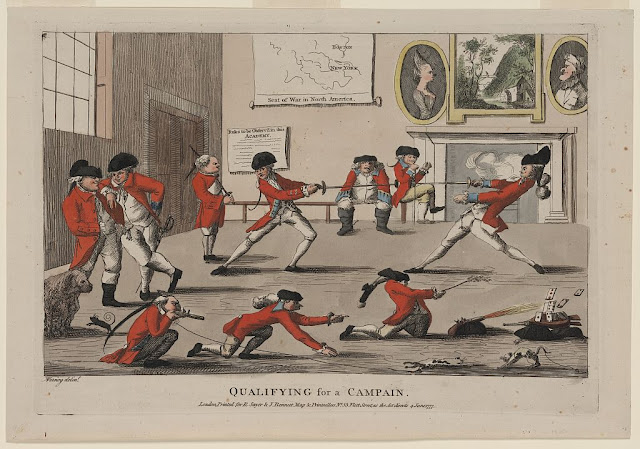Vermont - "A Numerous Banditti"

On October 21 and 22, 1777, the now extended British column of the Convention Army left the state of New York. In doing so, they briefly left the United States as well. The anonymous journal of an officer of the British 47th Regiment of Foot records overnight stops in Saint Croix, New York, on the 20th and Williamstown, Massachusetts, on the 21st. Lord Napier's journal lists the same stops on the same days, but not the route he and his colleagues followed to Williamstown. Massachusetts Militia Private David How noted however, that after stopping five miles from Saint Croix on the night of the 21st: "[October] 22 This morning Set off march'd Through Whosuck And pownal and at night We Over Took the Body of Regulars at Williams Town And Stopt there" . [1] How had passed this way before, while traveling in the opposite direction to join the Northern Army. On that trip he had passed through Williamstown, and then Pownal, Vermont, on October 9th, and continued on to



